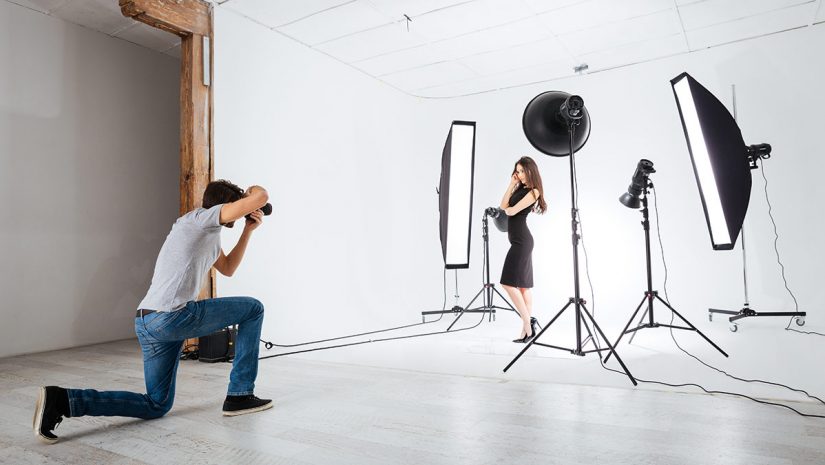Photography is one of the most crucial elements of stunning photos. It sets the mood and affects the feelings of the person seeing the pictures. The right lighting helps in conveying the right message. In this article, we’ll break down the types of lighting to help you take photos like a pro, especially if you are into portraits.
Before we start, if you need the right gear for proper photo lighting, one option worth considering is BorrowLenses.
- Natural Light
It is one of the most basic and popular forms of photography lighting. It does not require any equipment, but you need to find the right timing to make the most of the sunlight. It is also known as one of the most flattering and makes the subject look more natural. Shooting in direct sunlight is tricky. Working in the shade is better. Using a lens hood will also help to take better photos to prevent lens flare. Filters also come handy to add drama to your shots.
- Flash
This is another popular choice for photography lighting, especially for the pros. While a lot of cameras have built-in flashes, most people invest in an external flash for better lighting. Using flash, however, is not straightforward. Pointing the flash directly to the subject is a big no as it only bounces the light. Diffusing the light generated by the flash is also a good practice, which is possible with the use of a diffuser. Consider a lighting rental to take advantage of high-end flashes and accessories at a fraction of the cost.
- Ambient Light
Ambient lighting refers to a natural form of lighting that a photographer cannot move or control. It includes outdoor natural light, such as from a street lamp and even sunlight. It is a great way to make atmospheric shots. There is a grey area between natural and ambient lighting, making it difficult to identify the differences between the two.
- Moonlight
Shooting at night is challenging. One of the best ways to take better shots without using artificial lighting is to take advantage of the moonlight. As much as possible, take photos when it is a full moon to enjoy brighter lighting. You can use the light of the moon for taking stunning landscape photos. It also makes a great soft light for taking portraits in the dark.
- Softbox
Softbox lighting kits are also promising in improving your photography. This is common among professionals who are shooting in studios. It makes the light source bigger while also diffusing it better without the use of a modifier. They are directional, making it possible to direct the light exactly where you want it to point to the subject. You can add a diffuser if you want the lighting to be more diffused.
The right choice of lighting has a direct impact on the quality of your photographs. If you want to take pictures like a pro, a good starting point is to choose the lighting that works best for your subject, including those listed above.


